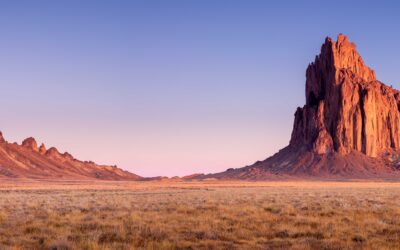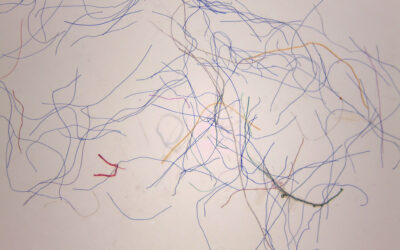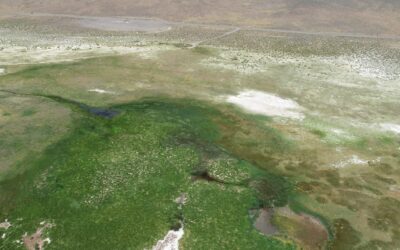Dr. Kumud Acharya, an ecological engineer and long-time Desert Research Institute faculty member, was given a two-year contract.
Media Contact: Francis McCabe, (702) 290-8971, fmccabe@nshe.nevada.edu
CARSON CITY – Dr. Kumud Acharya, an ecological engineer whose pioneering work in Nevada helped local and state water managers address aquatic invasive species threatening both Lake Mead and Lake Tahoe, has been tapped to lead Desert Research Institute.
The Nevada System of Higher Education Board of Regents appointed Dr. Acharya as Interim President after Chancellor Thom Reilly, Regents Chair Jason Geddes, and Vice Chair Mark Doubrava met with faculty, research support staff, and DRI Foundation at both campuses over the summer.
“Kumud is a highly respected scientist and long-time leader at DRI and it was clear after meeting with his colleagues and institute community that he is well respected and admired. I am confident he is the right person to lead DRI at this time,” Reilly said.
Chair Geddes added, “I believe Kumud has a unique opportunity to help advance DRI’s stellar reputation in research and show how the work done at DRI continually understand the world around us and improve the lives of all Nevadans.”
Dr. Acharya, who was given a two-year contract, said he was humbled and honored to be named interim president.
“I have had the privilege of being a DRI faculty member for more than a decade, and I’m honored to now serve as interim president,” Dr. Acharya said. “I am truly humbled by the trust and confidence that DRI faculty and staff, the Chancellor, and the Board of Regents have expressed in my ability to lead this incredible institution. Science is more important than ever as Nevada and our planet face growing environmental challenges, and I look forward to what the future holds for DRI.”
According to NSHE code, the Board of Regents can consider an interim president as permanent president after a year. The board can also conduct a search for a permanent president at any time. There are no plans to conduct a search at this time.
ABOUT Dr. Kumud Acharya
Dr. Acharya began his career at DRI in 2006 as an assistant research professor. He currently serves as Interim Vice President for Research.
During his tenure, he has brought in over $18 million in external research grants and contracts and has previously served as a senior director of DRI’s former Center for Environmental Remediation and Monitoring, as Deputy Director for DHS, and as the Chief Technology Advisor for Water Start.
Prior to joining DRI, Dr. Acharya served five years combined as a postdoctoral and endowed research fellow at Arizona State University and the University of Louisville. He has a bachelor’s degree in Civil Engineering, M.S. in Environmental Engineering, and Ph.D. in Biology and Environmental Sciences.
ABOUT DRI
The Desert Research Institute (DRI) is a recognized world leader in basic and applied interdisciplinary research. Committed to scientific excellence and integrity, DRI faculty, students, and staff have developed scientific knowledge and innovative technologies in research projects around the globe. Since 1959, DRI’s research has advanced scientific knowledge, supported Nevada’s diversifying economy, provided science-based educational opportunities, and informed policy makers, business leaders, and community members. With campuses in Reno and Las Vegas, DRI is one of eight institutions in the Nevada System of Higher Education.
ABOUT NSHE
The Nevada System of Higher Education, comprised of two doctoral-granting universities, a state college, four comprehensive community colleges and one environmental research institute, serves the educational and job training needs of Nevada. NSHE provides educational opportunities to more than 100,000 students and is governed by the Board of Regents.


